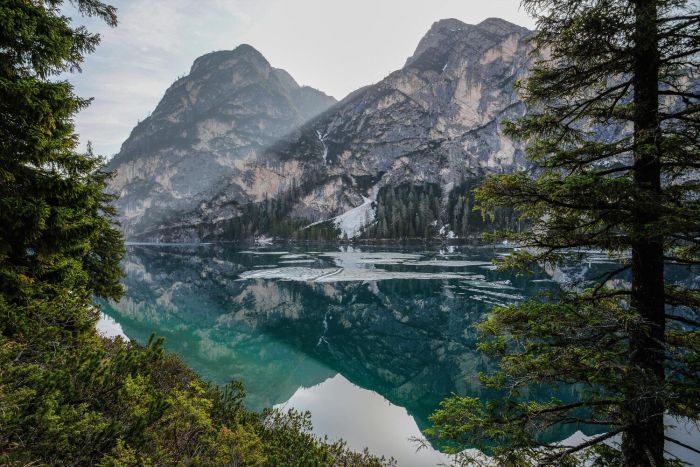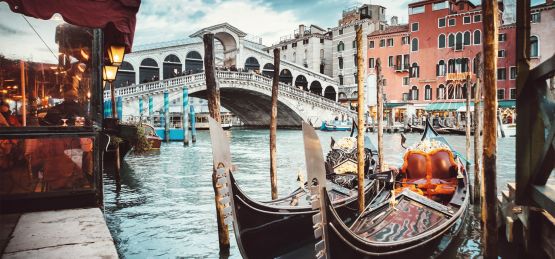Santa Croce is probably the lesser known of Venice's sestiere. It lies on the opposite side of the Grand Canal from the main railway station of Venice. If you arrive by bus, taxi or car you'll arrive in Piazzala Roma which is on the western boundary of the Santa Croce district of Venice.
Off-the-beaten track you'll find numerous fine restaurants and trattoria's hidden away in the Santa Croce district. It's a delightful area to take an evening stroll. In the evening hours it gives the sense of being totally deserted, until you come across a lively square where the sounds of conversations and music from strolling musicians fill the night air.
Attractions for visitors to Venice in Santa Croce include:
The Ca' Pesaro on the Grand Canal is the home of the Modern Art museum in Venice. One of the most important International art galleries in Italy, it contains a wealth of paintings, sculptures, etchings and drawings by renowned and contemporary artists from many countries.
In the enchanting square of San Giacomo dall'Orio you'll find the 13th Century Church of San Giacomo. The Gothic keel-like ceiling dominates the church, and typifies the style of construction in Venetian churhes.
The Venetians were great ship-builders and they transfered this skill to their ecclesiastical architecture. Utlizing the timber of larch trees from the nearby Dolomites, the wood kept the church interior warm in the winter months, and cool in the summer.
The Fondaco dei Turchi, was one of the many warehouses set up by trading nations in Venice. It's facade is one of the most beuatiful located along the Grand Canal. Nowadays, this building is the home of Venice's natural history museum.
The Tolentini Church, designed by the Scamozzi a student of Palladio, it was not completed until the 19th Century when the Greek-Roman temple facade was added. It's sober decorations and use of the white Istrian stone is a prime example of the later Venetian Neoclassical style. The church is richly decorated with works by Palma the younger, Padovanino and Liss.







